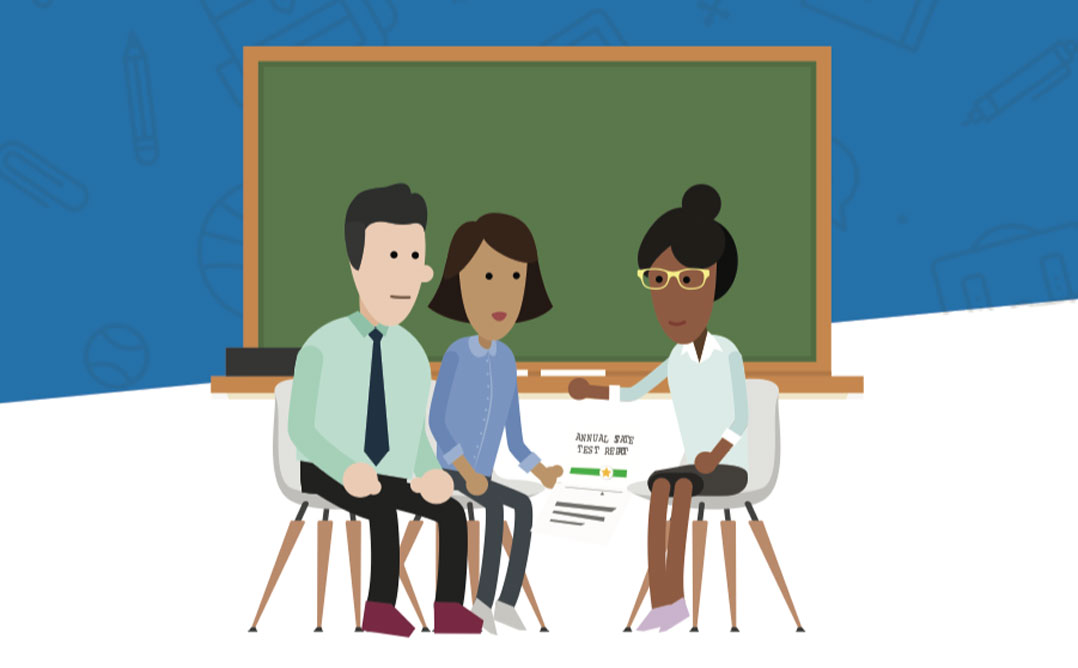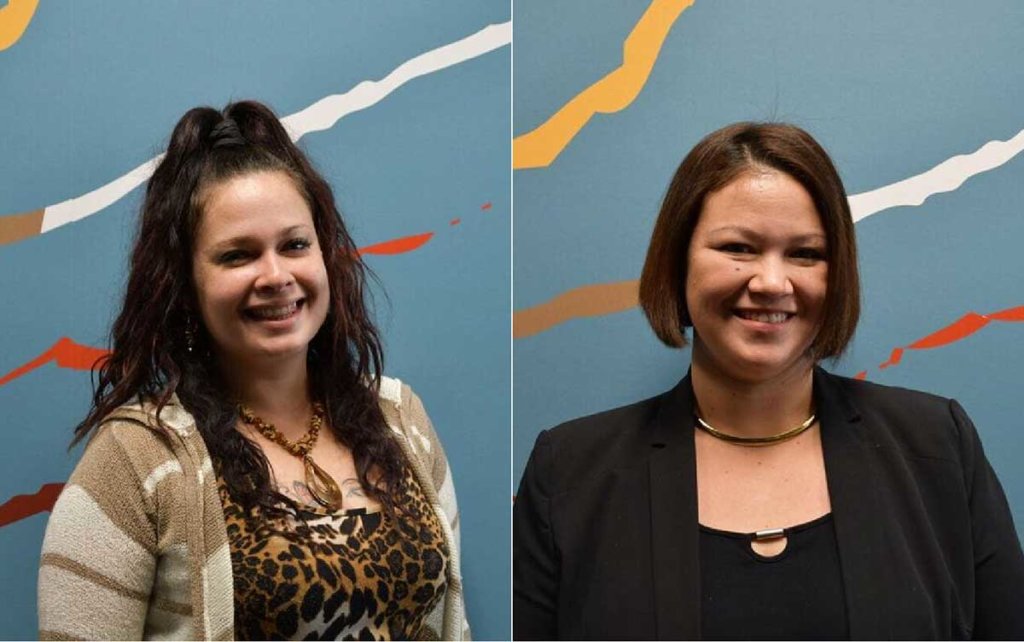How Do We Accurately Measure Children’s Progress in the Classroom?

By Stephanie Presch, Content Specialist, UnidosUS
When your child brings home their report card at the end of the semester, what do you see?
Parents, when they see a report card full of As and Bs, see a child who is doing well in school. Teachers, however, see the full percentage breakdown that makes up that grade. They see how tests and quizzes were weighted, and they see the value assigned to participation and effort.
And teachers understand that a report card is not an accurate way to measure the entirety of a student’s performance.
Over the course of three years, Learning Heroes has conducted extensive research to determine how parents think about their child’s school performance in relation to their child’s actual school performance. UnidosUS was one of the organization’s partners in this effort.
Parents are more likely to believe their child is at or above grade level
Even though nearly nine in 10 parents—regardless of race, income, or geography—believe their child is at or above grade level, the data shows the opposite. According to the 2017 National Assessment of Educational Progress, 44% of White students preformed at or above grade level. For Hispanic and Black students, those numbers were 20% and 13%, respectively.
This disconnect in perceptions and reality is notable, especially since eight in 10 parents believe that it’s important for their child to eventually earn a college degree. For Latino and Black parents, this number is even higher, which means that the disconnect is even wider for those parents too.
Learning Heroes’s report divides parents in their study into four different groups: the A-OKs, the Problem Solvers, the Protectors, and the Accepters.
Each group of parents responds differently to feedback and gives their child a differing amount of independence when it comes to their schoolwork. For example, A-OKs give their children a high degree of independence where academics are concerned and are ready to engage with teachers if prompted. By contrast, Problem Solversare highly engaged with their child’s teacher on behavioral issues, not academic ones. Both Protectorsand Acceptersbelieve their child is doing better in school than they actually are—Protectorsbecause they rely on report cards for the vast majority of information about how their child is doing in school, and Accepters because they’re the most disengaged from their child’s teachers and school performance.
Through their research, Learning Heroes was able to determine three important points about parental engagement:
- Parenting styles inform how parents engage in their child’s education.
- Report cards are often sources of misinformation for parents.
- The disconnect between parents and teachers can be bridged and ultimately closed to benefit students.

Challenges to engagement
Even though nine in 10 teachers report that it’s important for parents to have an accurate view of how their child is doing in school, teachers surveyed for the Learning Heroes report also said they face several challenges when it comes to bridging the gap with parents.
For example, 53% of teachers reported that they have never received formal training on how to have difficult conversations with parents. More than one in five teachers also believe that these difficult conversations could get elevated to their school administrator—and nearly one in four say they’re not being given the proper support from administrators anyway.
Thirty-four percent of teachers also report feeling pressured to avoid giving too many low grades, which further complicates both the barriers and the challenges that parents and teachers face when communicating about a students’ progress in class.
However, there are signs that the disconnect between parents and teachers is a disconnect that can be solved.
Bridging the gap
Across parenting styles, one thing remains constant—information is key. For example, 88% of parents believed their child is at or above grade level in math. But when told their child received a B in math and didn’t meet expectations on a state test, this number fell to 61%.
This holds when parents are informed that report cards aren’t the best way to measure their child’s performance in school—with the number of parents strongly agreeing they are dropping from 60% to 34%.
Learning Heroes also provided families with From Puzzle to Plan: A Family Worksheet, designed to give parents a clearer view of their child’s academic performance by moving beyond report cards. Seven in 10 parents believed the worksheet was either very or extremely useful, and eight in 10 reported that they wanted to work with their child and their child’s teacher to create a plan together.
What we’re doing about the gap
UnidosUS has often worked to address potential engagement in schools, through programs like Padres Comprometidosfor example, which helps Spanish-dominant parents learn how to become better advocates for their children’s education. The Learning Heroes’s report provides valuable insight into why programs like Padres Comprometidos are so necessary for our community.
“Through our parent engagement work, we address the additional barriers Latino families face when it comes to communicating and engaging with schools. This research supports the need for such work while providing us a useful tool as education advocates to further dissect the disconnect that lies between parents and teachers, says Cayla Conway, UnidosUS’s education outreach manager. “Such a tool is imperative as we continue our work to bridge the gap between parents, teachers, and school leaders.”
UnidosUS’s Affiliates are also highly engaged in closing gaps in educational engagement by running programs like Padres Comprometidosor our youth programs like Escalera or Entre Mujeres, that for example, expose Latino students to STEM careers and provide support for students as they get ready for college. This report also helps our Affiliates understand the gaps that still exist and what can be done about them.
“The data and information provided simply tells us the amount of work that needs to happen to help bridge the divide between teachers and parents. Both parties are essential for the development of the youth and work extremely hard to do so. It is time to work together and encourage positive collaborations amongst parents, teachers, and school leaders,” says Jerry Silva, Youth Programs Manager at Gads Hill Center, an UnidosUS Affiliate in Illinois. “I hope that through our parental engagement and work in the community we can begin to impact the research that was put out in positive ways,”
While the learning Heroes report demonstrates a clear disconnect between parents and teachers, it’s clear that with hard work, we can get closer to closing the gap. You can read the entire report here.




